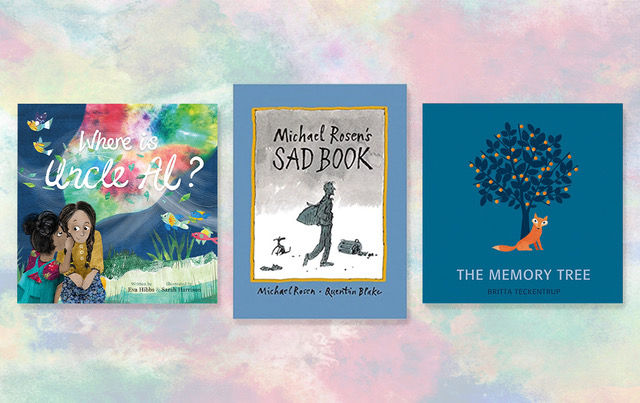Illustrated Poetry Through the Ages: From Block Books to William Blake
- AllAroundPub

- Dec 15, 2021
- 2 min read
Updated: Nov 1, 2023
1400-1800
The tradition of uniting words and pictures is as old as bookmaking itself.
The prime for the graphic novel was not in fact the American eighties, but the Middle Ages. This was a time before printing presses, where manuscripts were created lavishly by hand. Writers, artists and holy people wanted to make their stories as beautiful as their cathedrals; as beautiful as possible. Their illuminated manuscripts were adorned with calligraphic writing, elaborate borders and finely painted pictures, often flecked with gold leaf.

The amount of time spent illustrating a manuscript was in proportion to the importance of the text… The Sherborne Missal [c. 1399–1407] by John Whas [scribe], John Siferwas [principal artist] was most likely commissioned by the abbot of Sherborne, whose image appears in the 347-page manuscript about a hundred times, along with a full page picture of Christ’s crucifixion... Now that’s one way of preparing for mass!
Then came xylographica. What a word; what a process. Books printed with singular carved blocks, text and engraving in one. Xylographica – or block books – are almost always undated, without a statement of printer, or place of printing.

Most of the earlier block books are believed to have been printed in the Netherlands, like this one, the Ars moriendi, or The Art of Dying (Netherlands, 1460).
The Ars moriendi are two related Latin texts dating from about 1415 and 1450 which offer advice on a good death, explaining how to ‘die well’ according to Christian precepts of the late Middle Ages.
Within the first century of printing (1460s onwards) two more illustrating methods became available – engraving and etching. Both are described as intaglio – Italian for 'cut in'* – because they excavate grooves in the surface of a copper plate. These images have to be bound into the finished book, acquiring the name of 'plates'. From the late 16th century a volume with plates became the standard form of illustrated book, finer and more detailed than images created with a wooden block.
The inked copper plate and a sheet of paper are together passed between two rollers. Intense pressure forces the paper into the grooves of the metal to pick out the ink.

The Cannon, Albrecht Dürer's largest etching (1518)
William Blake – an engraver by trade – hand-painted, engraved and coloured his poetry in a fashion he called ‘illuminated printing’.** Others call this intaglio. Lavish as the medieval illuminated manuscript, Blake’s relief etching was bold – something very different to other poets of the time, who were having their work produced en masse with the help of piston steam engine printing.

The fact ‘Blake considered that the poems and the images were symbiotic, and one could simply not exist without the other’***, can be seen clearly in his private presses’ illustrated collections: Songs of Innocence (1789)and Songs of Innocence and Experience (1794).
*’History of Printing’, http://www.historyworld.net/
***’Etchings’, http://www.williamblake.org/etchings/



Comments